The Qatar Grand Prix hosted the 17th round of the 22-race season last year, marking the second time F1 visited the West Asian country following its 2021 debut.
The country had penned a 10-year deal with F1 which kicked off last season.
However, the race in 2023 would signal the fiercest and most physically demanding test the drivers had ever faced in their careers.
As F1 approaches the 2024 edition of the Qatar Grand Prix, RacingNews365 looks back on the race one year ago that left drivers seeking medical attention after the chequered flag.
Viewed by others:
Tyre woes
Heading into the grand prix, Verstappen had already clinched his third F1 title following the result of the sprint race on Saturday.
The Dutchman started the main event from pole position alongside Mercedes' George Russell, with Lewis Hamilton and Fernando Alonso occupying the second row.
But unease was already flagged before the race when tyre supplier Pirelli imposed a maximum 18-lap limit on each of the compounds.
The unprecedented decision came following the behaviour of the tyres over the pyramid-shaped kerbs in Qatar, resulting in microscopic separation in the sidewall between the topping compound and the carcass cords.
Essentially, the prospect of tyre blowouts became a real cause for concern.
The FIA warned that any driver who did not adhere to the maximum tyre stint would be reported to the stewards and face disqualification.
The maximum run allowance meant the drivers did not need to factor in tyre management as they normally would and therefore had more freedom to push the car.
Weather adds to the equation
As has been the case since its 2021 debut, the Qatar round was a night race.
Qatar's climate is hot for much of the year and the early October date for the grand prix was before the average temperatures tapered off into the 20s in November and December.
Conditions were hot all weekend in Qatar, with the nighttime environment offering little relief from the sweltering day temperatures.
When the grand prix got underway on Sunday evening, temperatures sat at roughly 33°C.
The figure is high for any race to be held in and the conditions inside the cockpit were even worse, rising to as high as 50°C.
The Lusail International Circuit layout is also a physically demanding one for the drivers as it contains many high-speed corners.
The hot temperatures, added to the factor of the drivers pushing the cars as they would during qualifying around a G-Force heavy layout, led to a highly uncomfortable experience behind the wheel.
The impact on drivers
It didn't take long for the situation to start taking its toll on the drivers.
“That was the hardest-fought points that I’ve ever had to fight for,” Ocon said after driving to seventh place. “I was feeling ill, lap 15, 16, I was throwing up for two laps inside the cockpit. And then I was like, ‘Shit that’s going to be a long race'.”
Logan Sargeant failed to see the chequered flag after pulling himself out of the running on lap 40. The American had been experiencing “flu-like symptoms” on the build-up to the grand prix.
Lance Stroll highlighted the significant danger posed by conditions by revealing he was fading in and out of consciousness.
“I was passing out in the car, and they painted the kerbs and made the track narrower so you can't even feel the kerbs.
“You're just trying to see it. But the problem is, you can't see where you're going because you're passing out. I was fully fading out.”
Russell had to be given encouragement from his team to avoid blacking out.
“I felt close to fainting in that race. I've never experienced anything like it before. I had to ask my engineer to give me encouragement just to try to take my mind away from it.”
There was also little the drivers could do to keep themselves hydrated inside the cockpit.
“I think it’s difficult to put into words and explain how tough it is,” said Charles Leclerc. “Especially with the g-forces, when you have a lot of dehydration, you can drink but the drink is more of a tea than anything else because it’s at 60C-plus, so it’s extremely difficult to hydrate yourself and again with the g-forces, you don’t see as well.”
Several drivers struggled to pull themselves out of their cars post-race and went to the medical officials trackside to be assessed.
The severity of the matter did not go without consequence - from 2025, teams will have more freedom to introduce cockpit cooling measures in extreme conditions.
As F1 heads to Qatar this weekend, the situation is not expected to be repeated as temperatures are significantly lower in late November compared to the early October setting last year.
Also interesting:
Join RacingNews365's Ian Parkes, Sam Coop and Nick Golding, as they dissect the Las Vegas GP and look ahead to Qatar! Max Verstappen's title success was a main talking point, as was the mounting pressure on McLaren in the F1 constructors' title fight.
Rather watch the podcast? Then click here!
Don't miss out on any of the Formula 1 action thanks to this handy 2026 F1 calendar that can be easily loaded into your smartphone or PC.
Download the calenderMost read
In this article
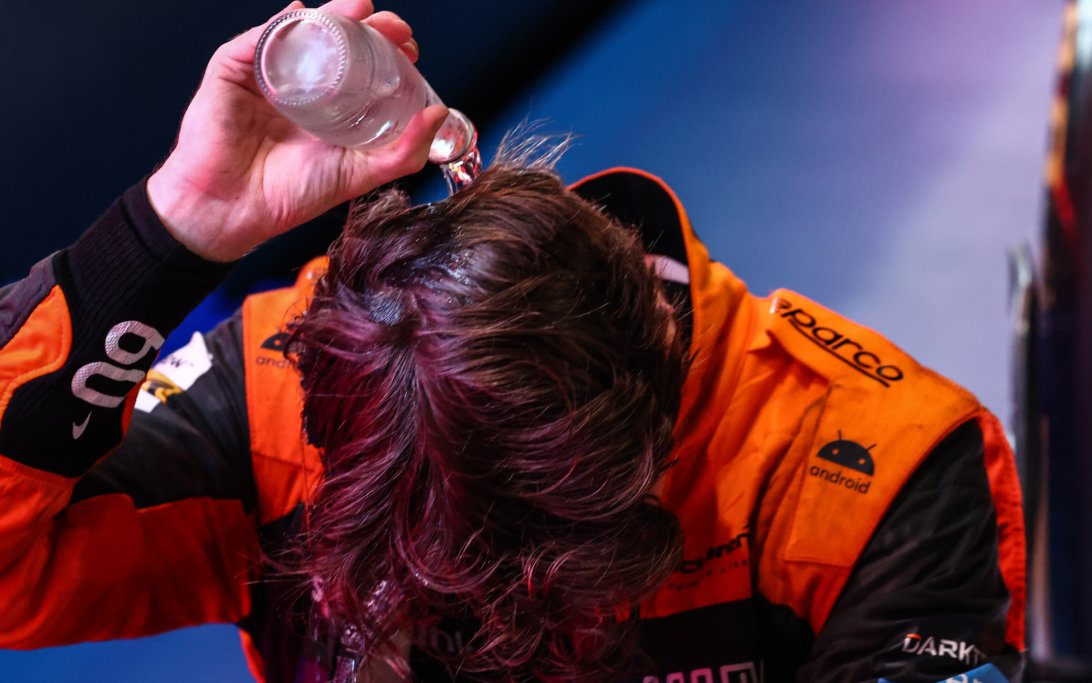
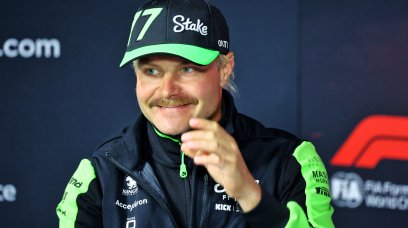
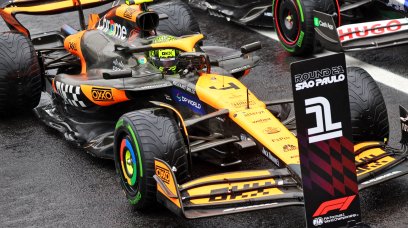

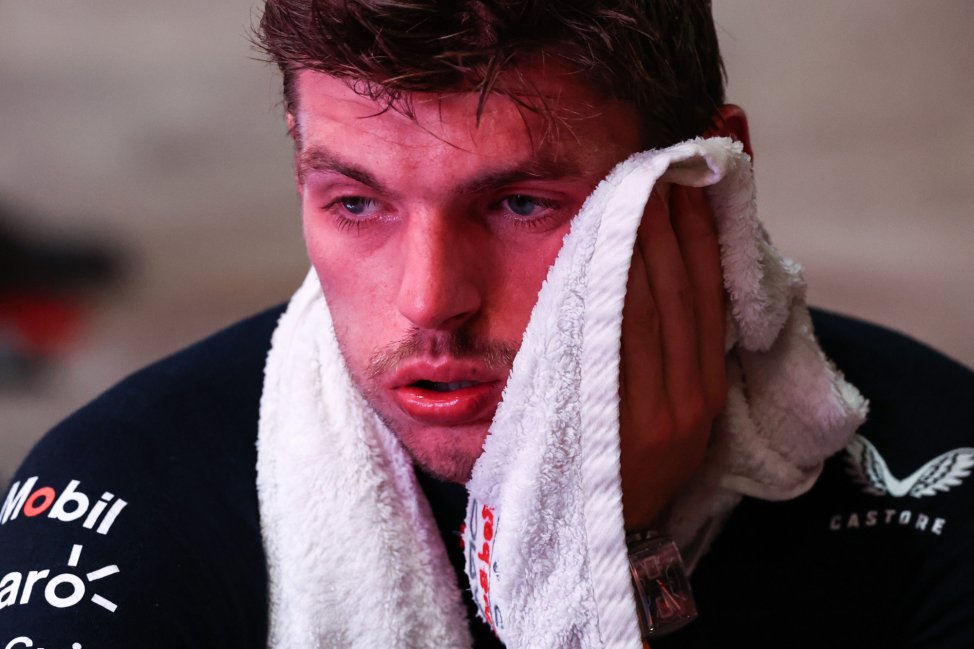



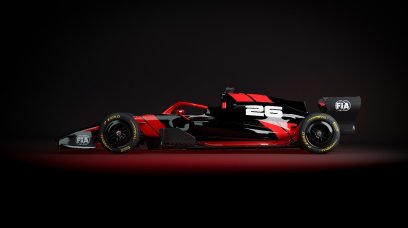

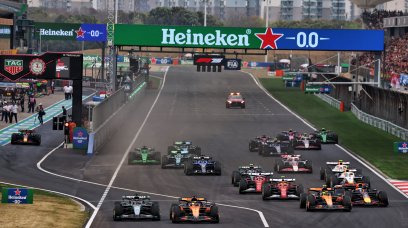
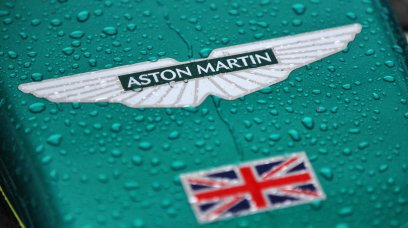
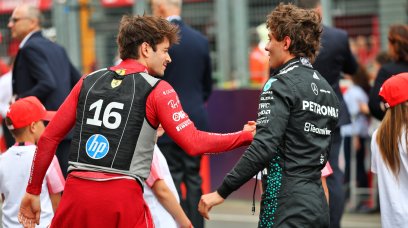
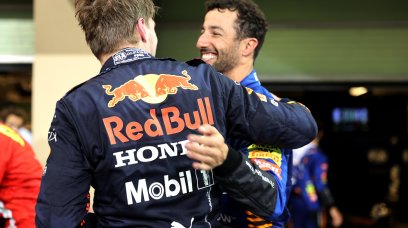
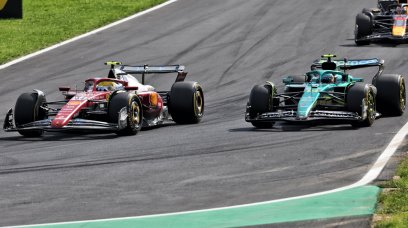
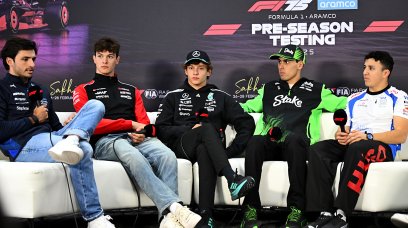

Join the conversation!